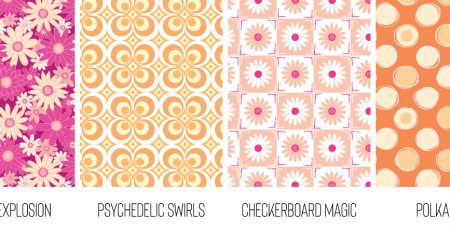Although fashion trends are no longer dictated, design houses spend a great deal of time and money trying to predict trends and/or set them into motion. Designers looking to find their place in the market must know whether they intend to be on-trend, trend-adjacent, or off-trend altogether. They must consciously decide whether they will lead, follow, or ignore a trend. Although trend-conscious designers ride the wave of the media and the public’s clamoring for examples of the latest fashions, designers who intentionally miss the bandwagon sometimes find that their independent perspectives inadvertently trigger trends or counter trends of their own. On-trend collections will be boiling over with the concept. An alternative approach to the latest craze may be to find smaller and subtler ways to embrace it without making it the focus. The consumer breaks down the same way, and a designer who has a clear understanding of where she/he stands on trend will connect with the right audience for her/his product.
Leopard and other animal prints get pulled out of relative obscurity and a represented as fresh and new every few seasons. In fairness, designers will be moved by a trend in different ways from season to season, resulting in new and interesting interpretations of it. If a designer decides to offer the trend dujour as a statement garment, accent piece, and accessory, she/he makes it easy for clients to adopt at least one interpretation of it on their own terms. Then, of course, there are those who will want to have nothing to do with it. Truth is, many trends are not merely forecasted, but often made by an industry.






